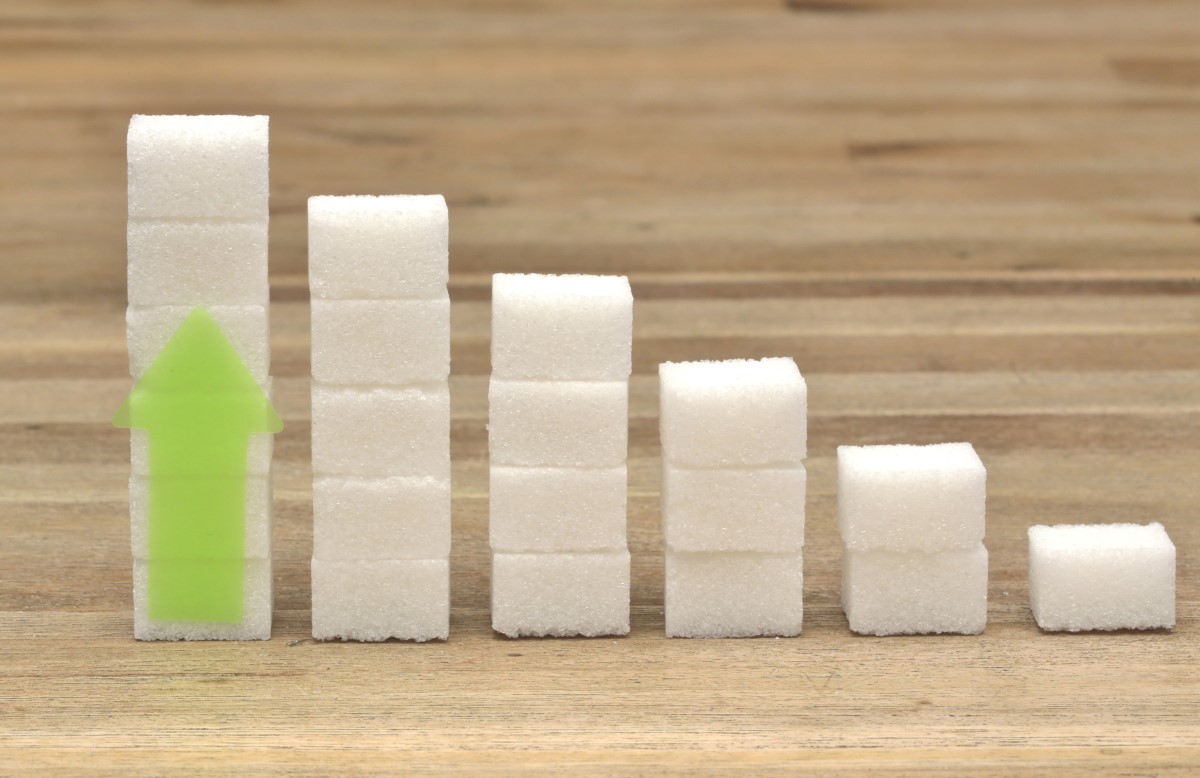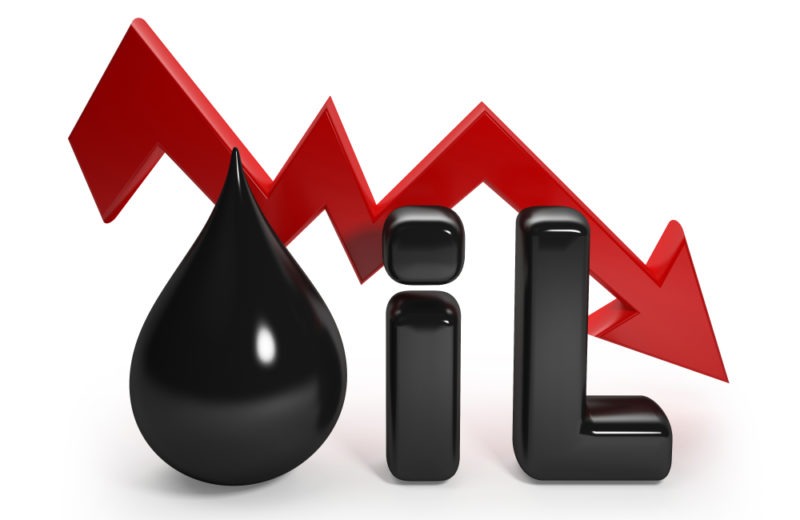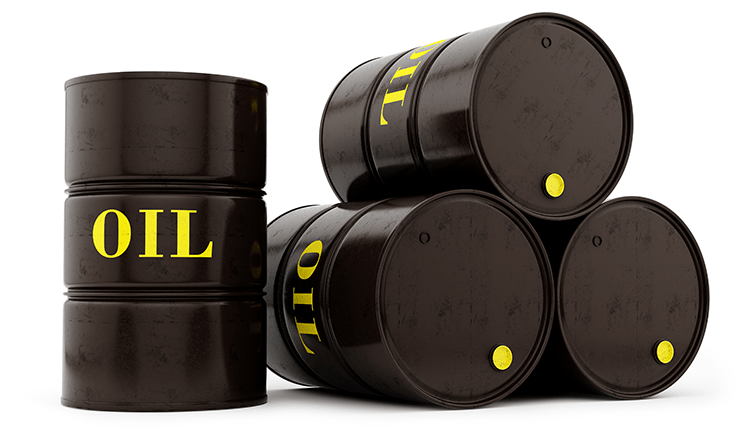Natural gas prices declined to their lowest level in four years. Analysts say the difference between demand and supply also points to further losses for the costs of the commodity.
According to Dow Jones Market Data, futures of natural gas settled at $1.766 per million British thermal units. It marked the lowest finish since March 2016.

Last year, futures prices peaked at $3.722, according to FactSet data. Gregory Leo, global chief investment officer and head of Global Wealth Management at IDB Bank, commented on the substantial drop in the prices. He thinks that although the price of natural gas might seem cheap compared to documented levels, it is relative to supply and demand. Ironically though, current rates will soon seem expensive. Natural gas has fallen to multi-year lows, and it is because of warmer than average temperatures, decreased consumption, and increased supplies.
Climate analysis and predictions for 2020
The US National Oceanic and Atmospheric Administration published climate analysis and statistics data. The agency reported that last month was the fifth warmest January on record. Long term weather forecasts anticipated a colder than average winter. Besides, the increase in storms was predicted. All these led to a growing number of bets for higher prices. It left relatively suppressed demand, and supply levels moved above the 5-year average, says Tyler Richey, co-editor for Sevens Report Research.
Jeff Klearman, portfolio manager at GraniteShares, says that several factors caused the decline in natural gas prices. On the one hand, increased shale production made oversupply conditions. Output was higher in Russia and the Middle east too, which contributed to the decline in prices. On the other hand, the Development and usage of renewable energy sources raised. Chinese demand for liquefied gas fell, because of the outbreak of coronavirus and it pressured prices too.
According to the Energy Information Administration, in 2019, US dry natural gas production manifested a record number at an average of 92.1 billion cubic feet per day. This year, the output is likely to climb by 2% to an average of 94.2 billion cubic feet per day. In the meantime, the government agency made approximate calculations. At the end of January, Domestic supplies of gas in storage were at more than 2.6 trillion cubic feet. It is 9% higher than the five-year average.
Tyler Richey says that there are not any signs which show slowing down anytime soon. For the technical vision to even begin a turn bullish, nat gas futures should top the Q4 highs near $3, and achieve some upside momentum. Such a move would need to be backed by some degree of significant bullish developments. For instance, increased weather-driven demand, a pipeline/supply outage, or some other surprise event could inspire a rally. Otherwise, the forecast for natural gas is neutral at best, but more than probably, that path of most limited resistance is still lower from here, said Richey.















